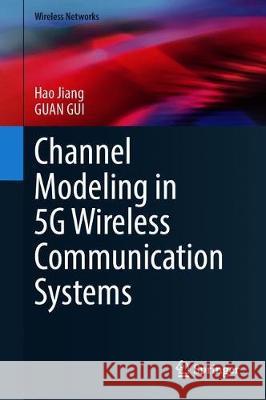Channel Modeling in 5g Wireless Communication Systems » książka
topmenu
Channel Modeling in 5g Wireless Communication Systems
ISBN-13: 9783030328689 / Angielski / Twarda / 2019 / 194 str.
Kategorie:
Kategorie BISAC:
Wydawca:
Springer
Seria wydawnicza:
Język:
Angielski
ISBN-13:
9783030328689
Rok wydania:
2019
Wydanie:
2020
Numer serii:
000784407
Ilość stron:
194
Waga:
0.47 kg
Wymiary:
23.39 x 15.6 x 1.27
Oprawa:
Twarda
Wolumenów:
01
Dodatkowe informacje:
Wydanie ilustrowane











